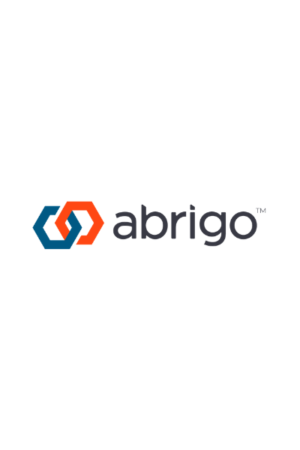When someone inquires about the capability of a system to detect internet bank fraud, encompassing online banking and mobile banking fraud, the immediate question that arises is, “what is meant by internet banking fraud?” If the clarification is, “the intention is to detect instances where fraudsters access accounts via online banking using stolen credentials,” then it's necessary to delve further. Is the interest in detecting money movement, or merely account access?
If both aspects are of concern, then it's pertinent to note that the movement of money through online banking primarily occurs via ACH and wire transfer. For business online banking, wire fraud dominates as the chief money movement fraud scheme, especially with the rise of Business Email Compromise (BEC) fraud. According to the AFP Payments Fraud and Control Survey of US businesses, 64% of respondents stated their organizations had been targeted in a BEC attack. In the consumer domain, the prevalent method for moving money in online banking is through the ACH system for bill payments and transfers.
In discussions about online banking fraud, the subject of IP addresses frequently emerges. This is why internet bank fraud encompasses much more than just IP addresses.





